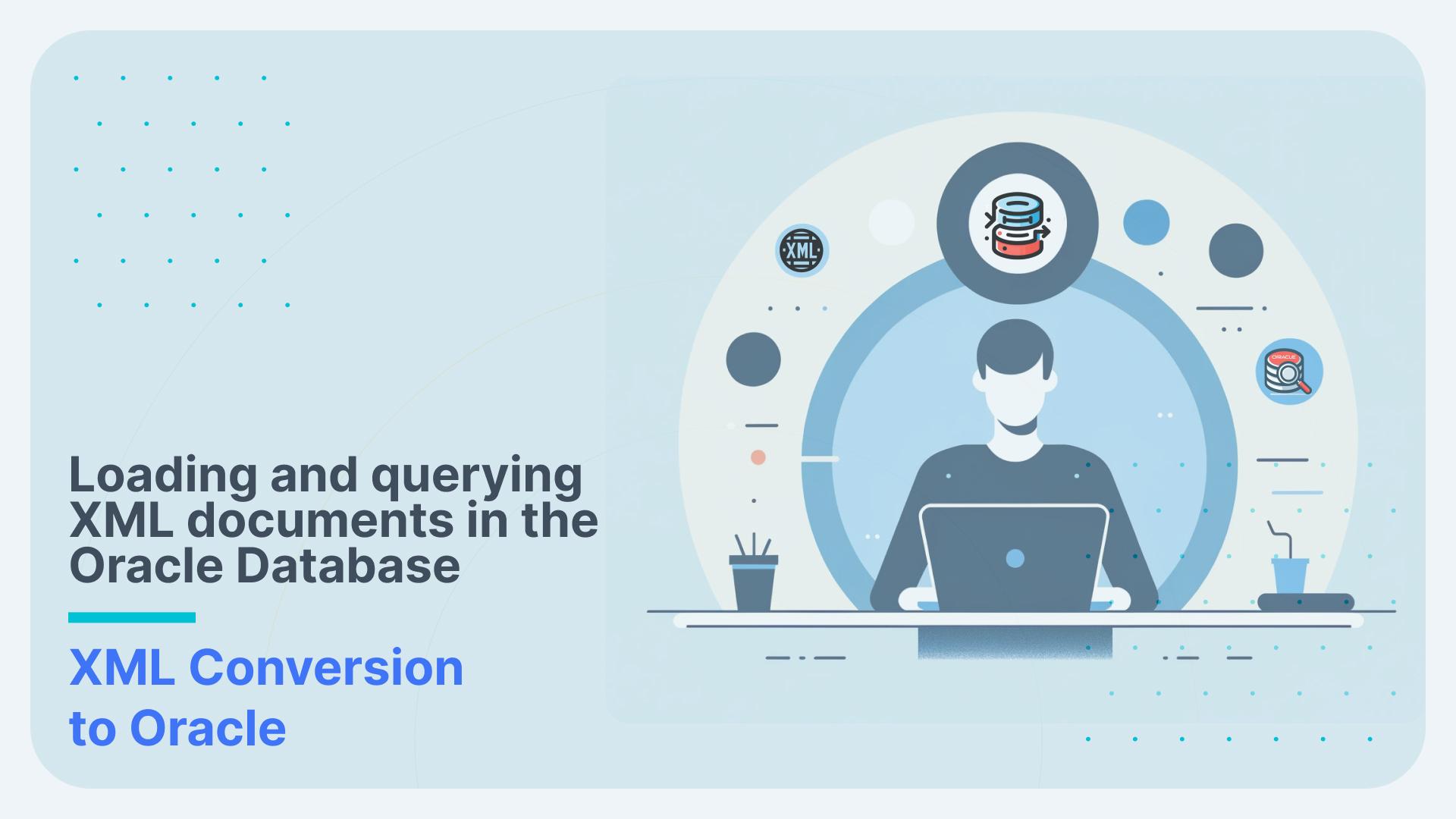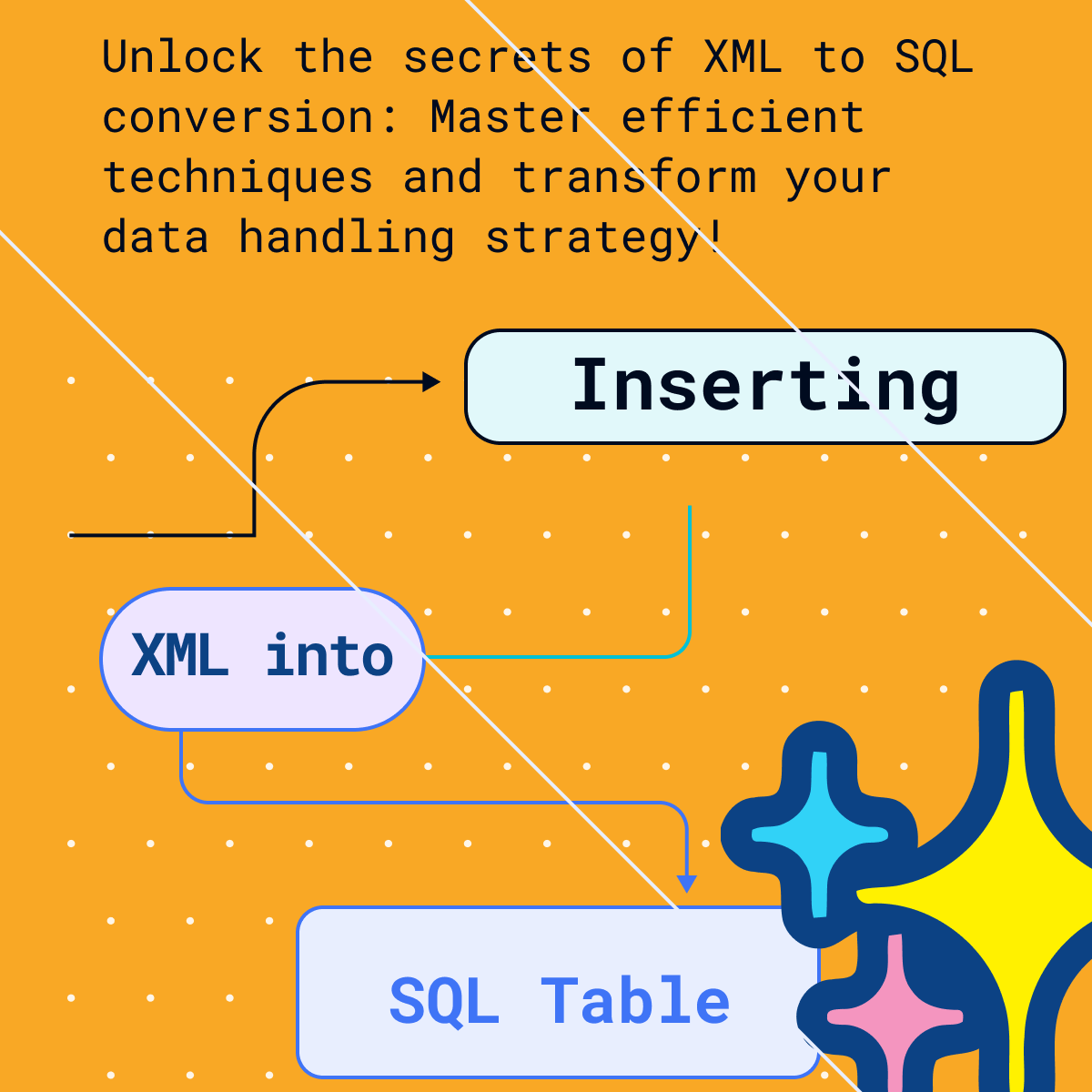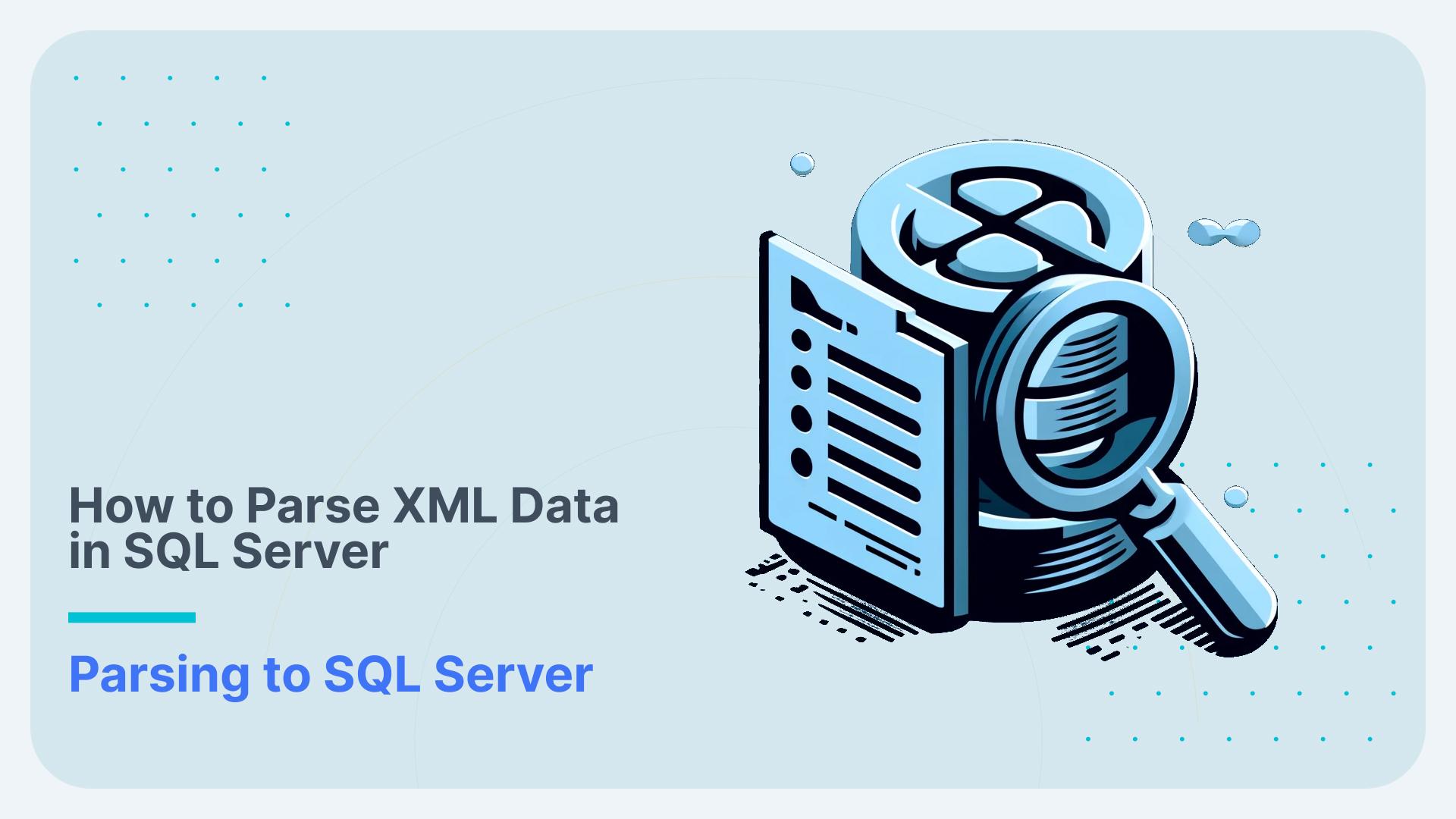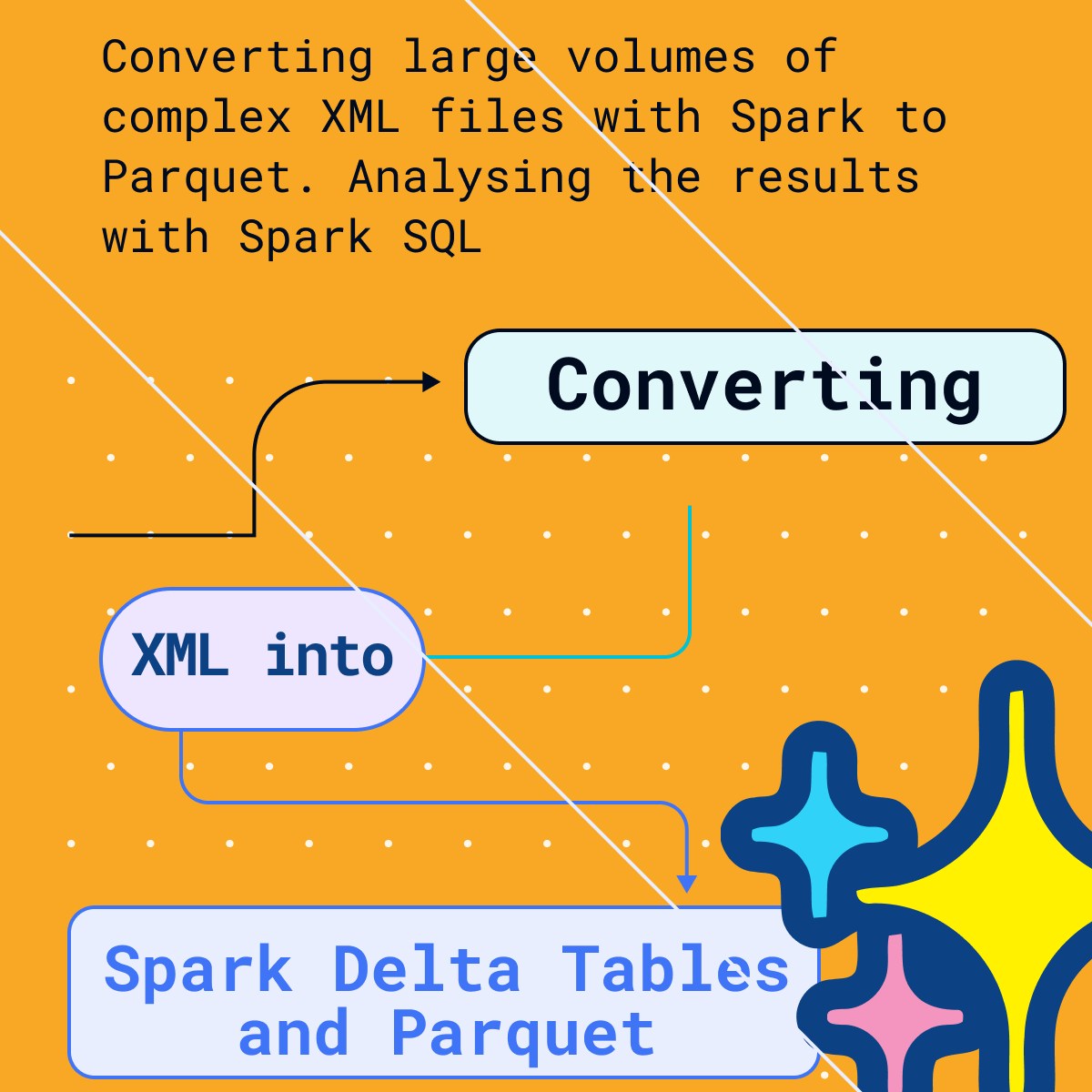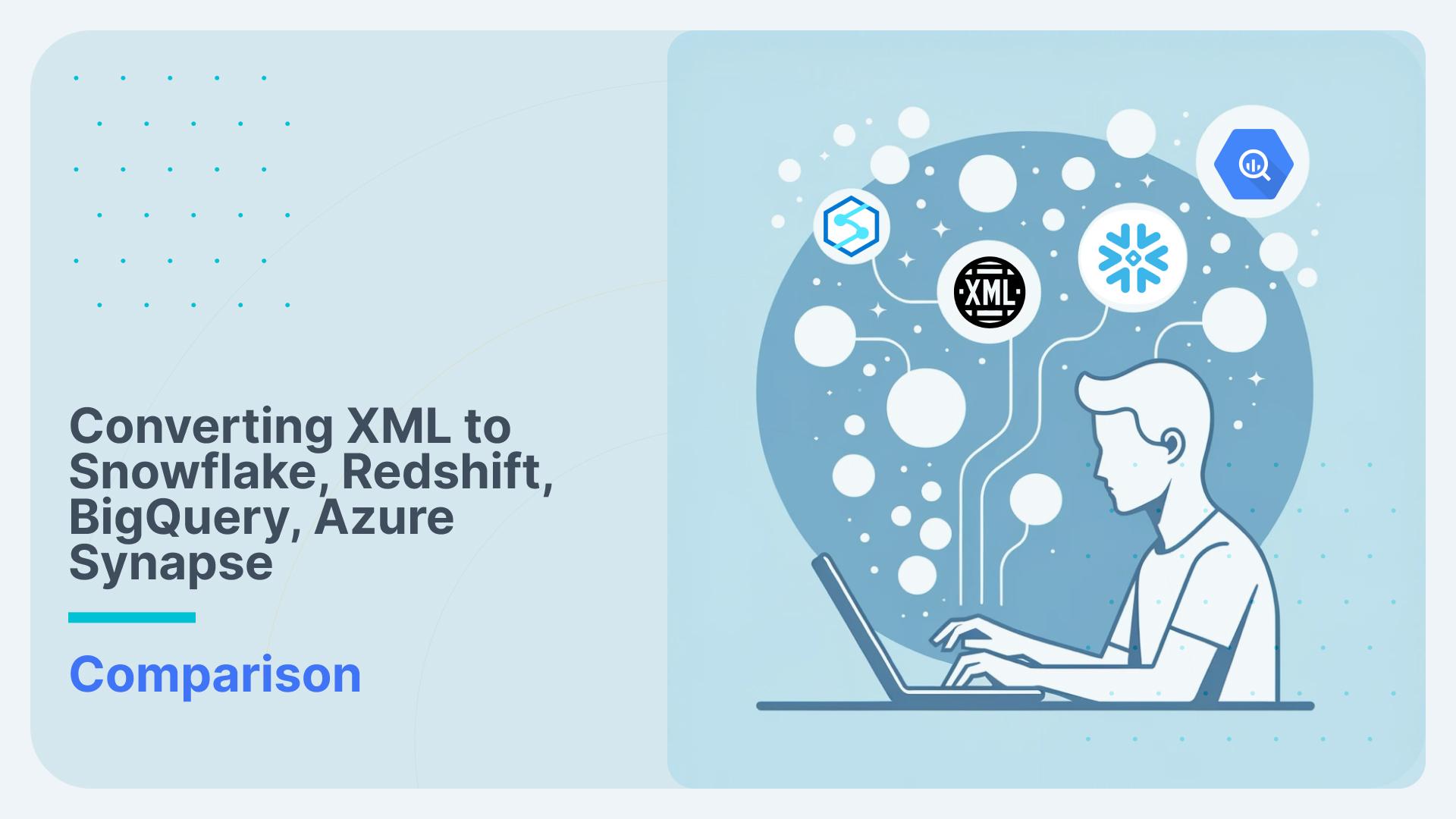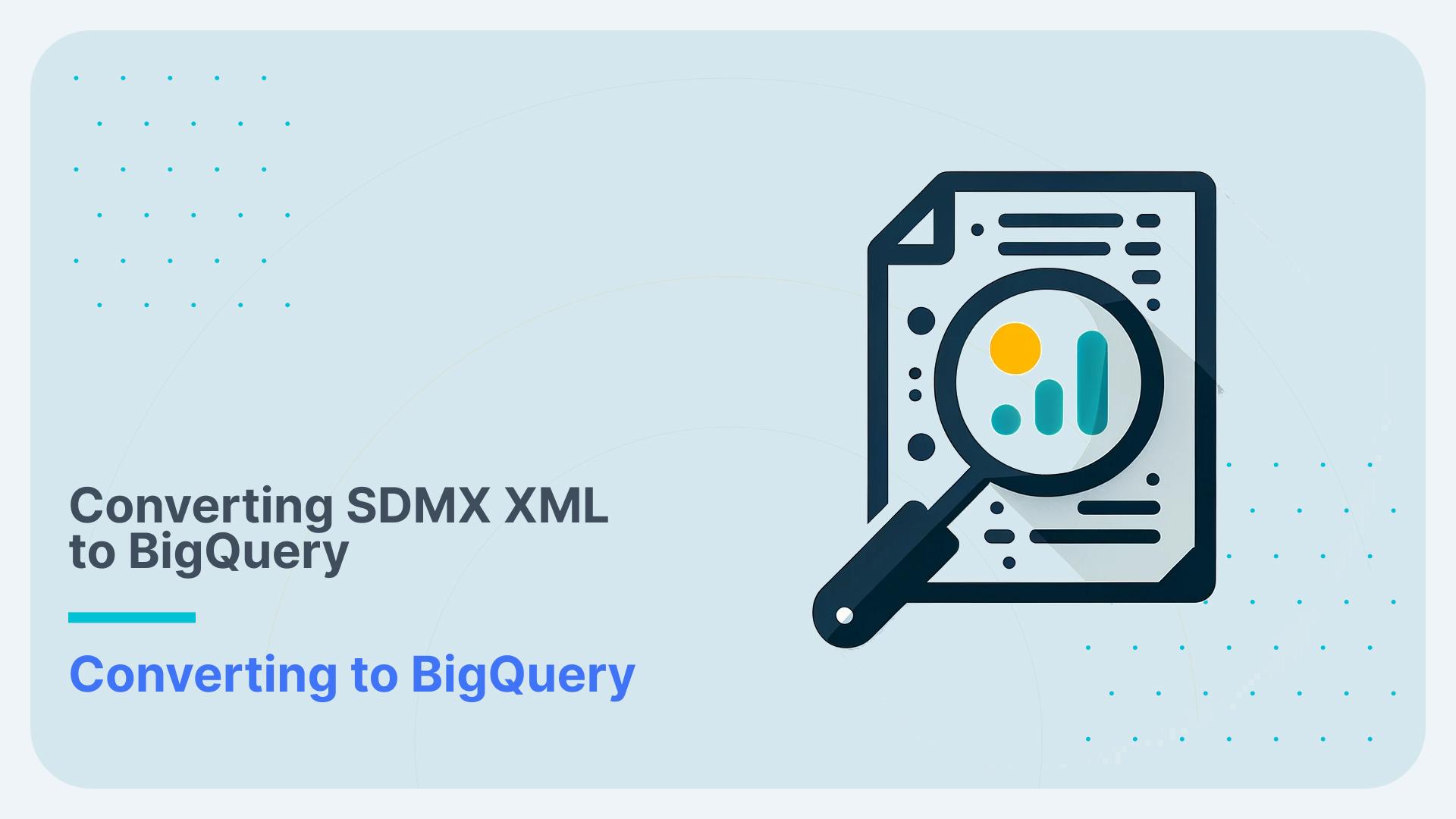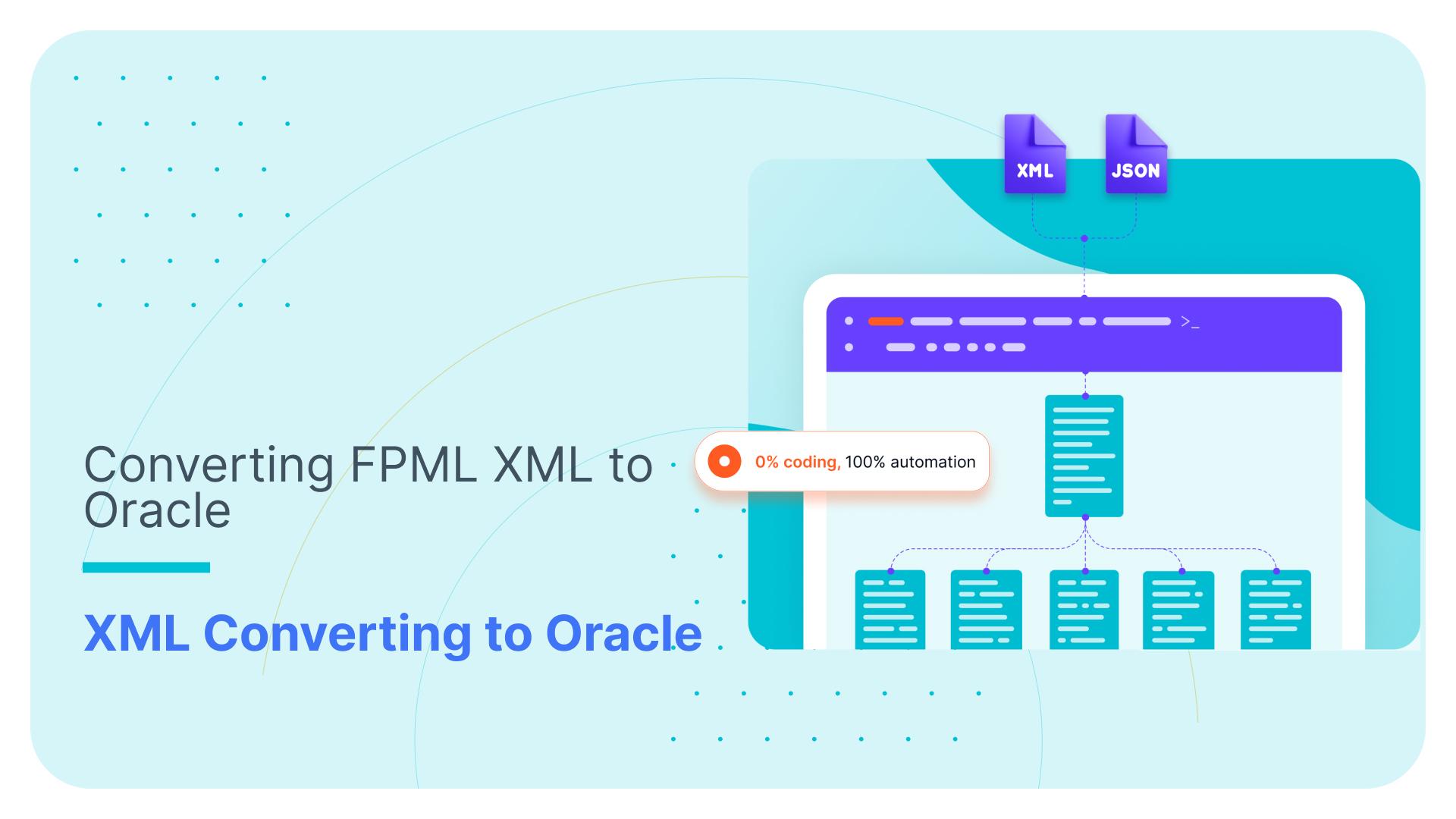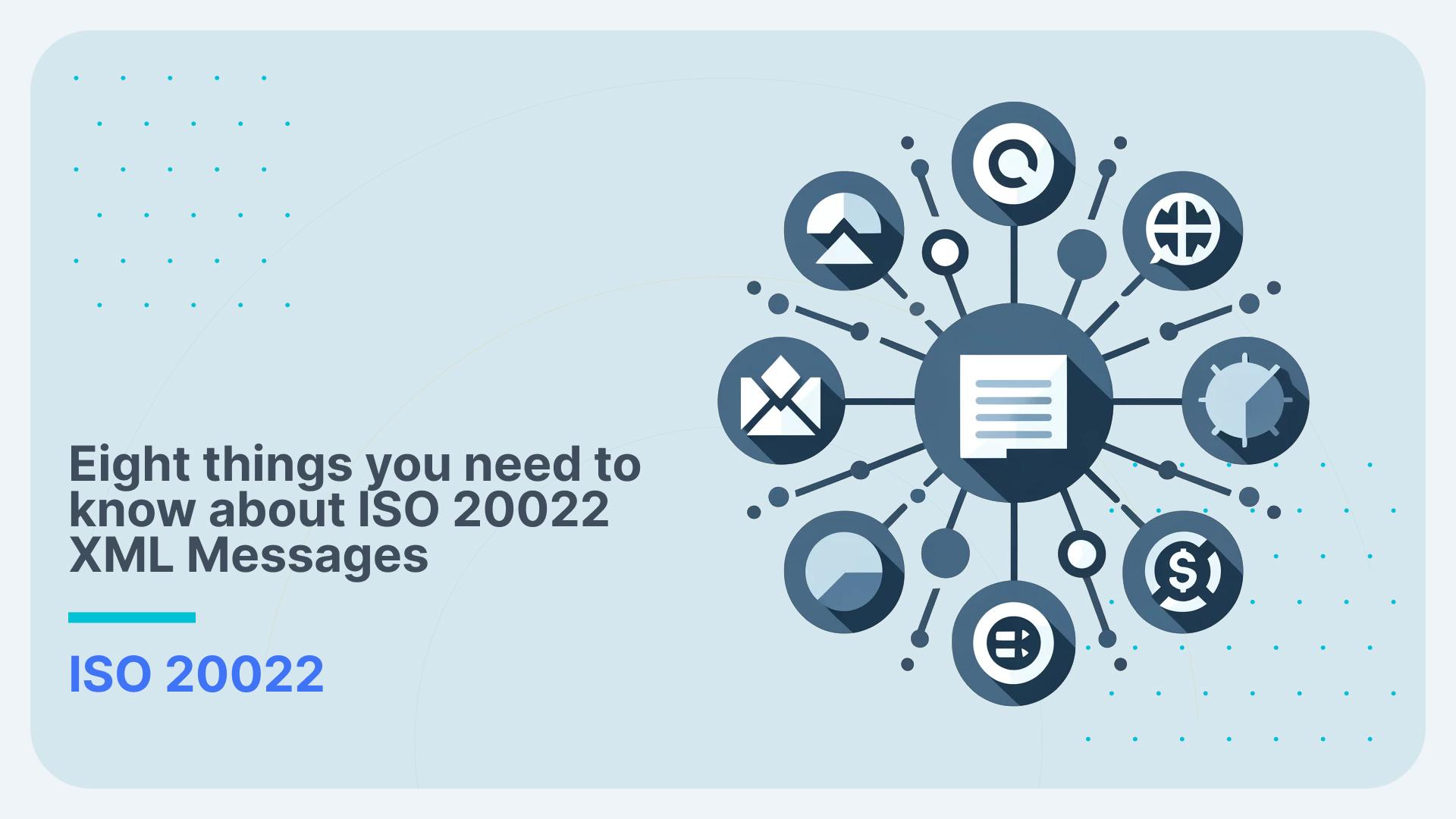Automated data transformation
Rapidly Turn Unreadable Data Into Valuable Insights Using Flexter
Say farewell to complex and laborious conversion projects. Flexters market-leading solution effortlessly transforms XML and JSON data into actionable insights in record speeds. Click the ‘Book a Demo’ button below to see it in action.
Book a Demo Try Free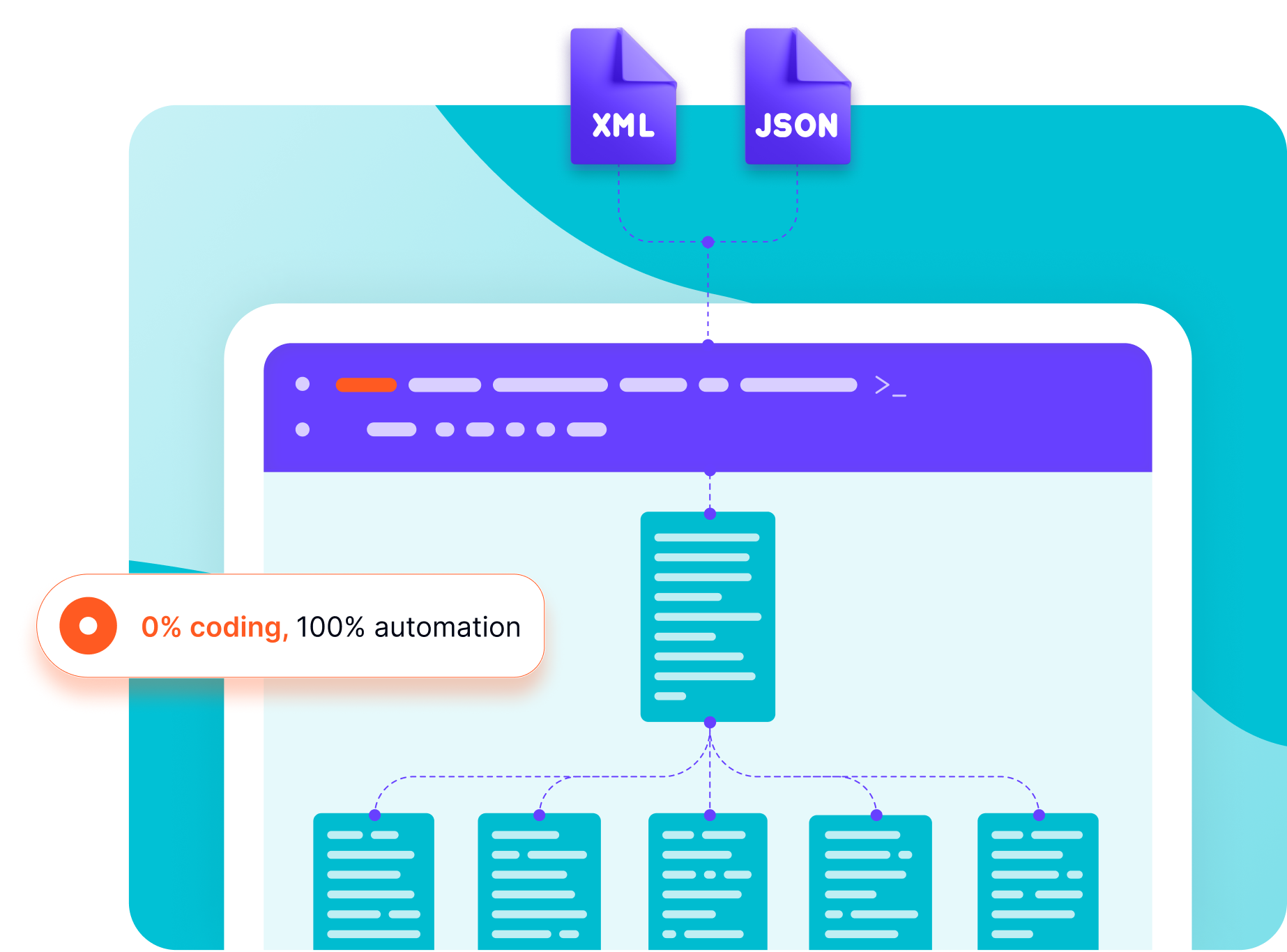
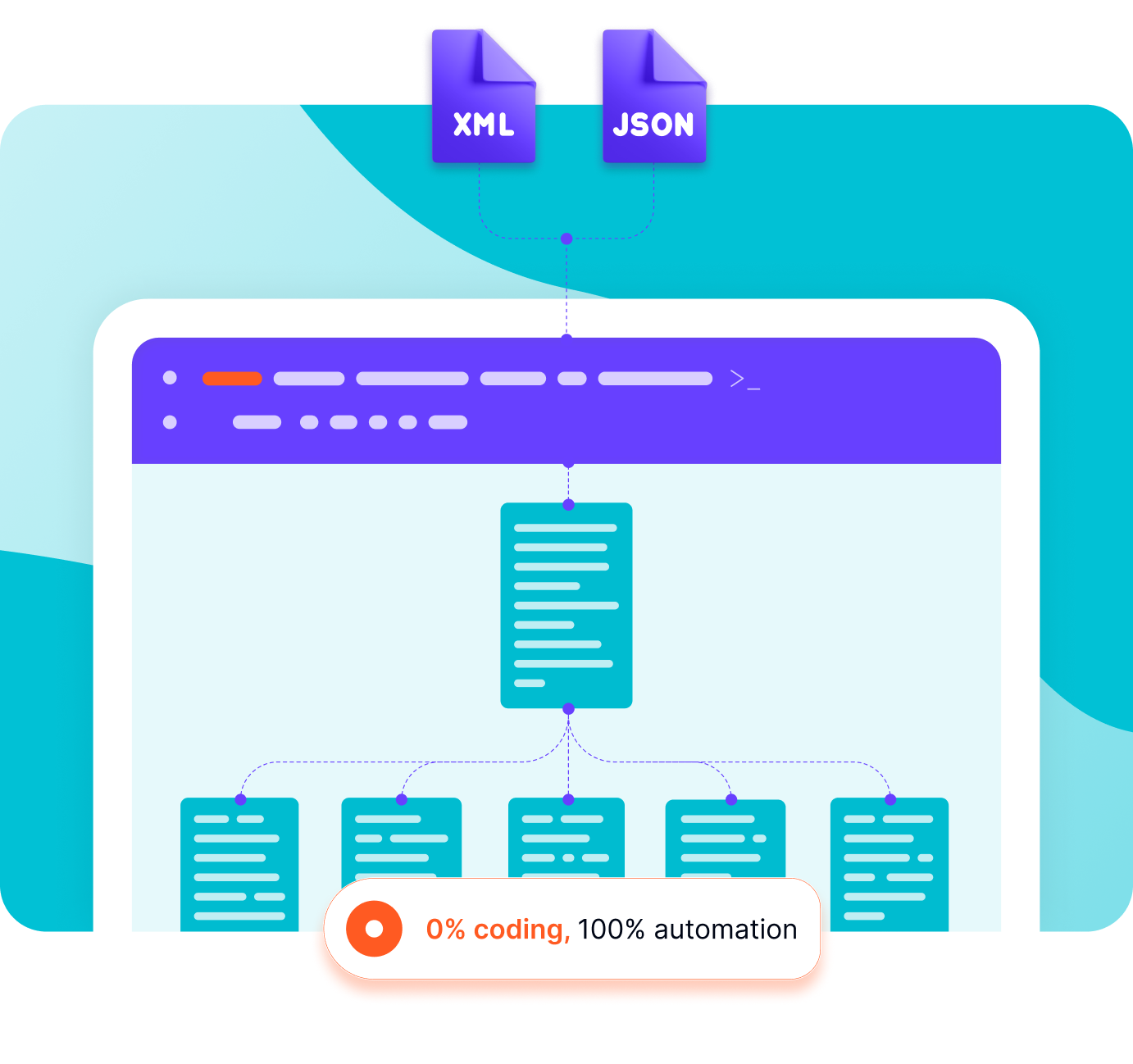
Trusted by:
“You did in one day what we could not achieve in three years!”
Unlock The Power of Your Data
Data is the lifeblood of business. But what good is data that can’t be utilised? Flexter works by automating the process of converting XML and JSON data into easy-to-read formats - enabling you to harness its full potential.
The Old Way (Without Flexter)
Data stored in industry-standard formats is unreadable
Unreadable data locks away valuable insights
Converting data requires a long and complex process
Conversion attempts take weeks or months of wasted time
Projects often fail, leaving you feeling frustrated and out of pocket
Lost insights impact your ability to grow
Leaving you vulnerable to the competition
The New Way (With Flexter)
Rapidly convert your data within 24 to 48 hours
Unlock valuable insights on autopilot
No coding skills - free up engineers for more impactful tasks
Save weeks or months of wasted time and frustration
Remove the guesswork and start projects instantly
Stay ahead of the competition
Utilise data to optimise and grow faster
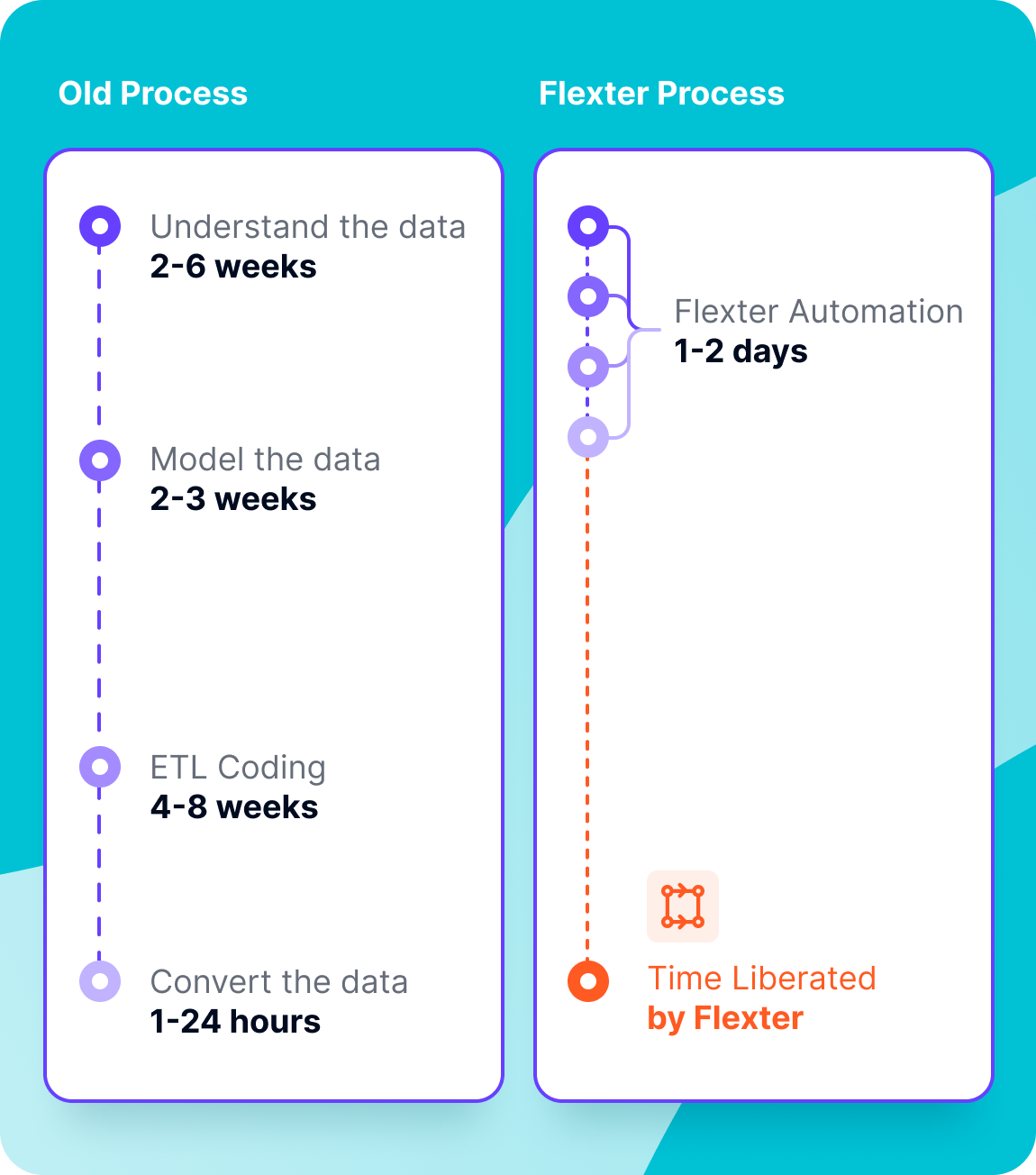
Support for all clouds
Integrate with your existing cloud service. Including AWS, GCP and Azure
Support for all data stacks
We cover them all, including Snowflake, BigQuery, Databricks, Oracle, SQL Server, Parquet, Delta Lake
Full automation
Get end-to-end automation on every aspect of your conversion project including data lineage and data models.
Run on site or in the cloud
Complete projects with ease from anywhere without restrictions
Format Optimisation
Optimise and format your converted data to make it crystal clear
Applicable to all industries
Whether you’re in Retail, Healthcare, Finance or Hospitality - Flexter covers your industry
The simple three-step method to harness your data
Cultivate insights and drive growth with three simple steps
Step 1: Extraction
Step 2: Optimisation
Step 3: Conversion
Who’s it for?
Who’s it for?
Why Choose Flexter?
Flexter has been purposefully designed and expertly engineered to stand as the #1 premier data conversion solution on the planet. Here’s six reasons we’re the top choice for the world's leading corporations:
Proven Success
Guarantee Results
Expert Endorsements
Renowned Industry Experts
Unparalleled Speed and Efficiency
Global ‘Market-Leading’ Clients
Explore Flexter’s Full Capabilities
For a detailed overview of Flexter’s specifications, see a full technical breakdown below.
See more
